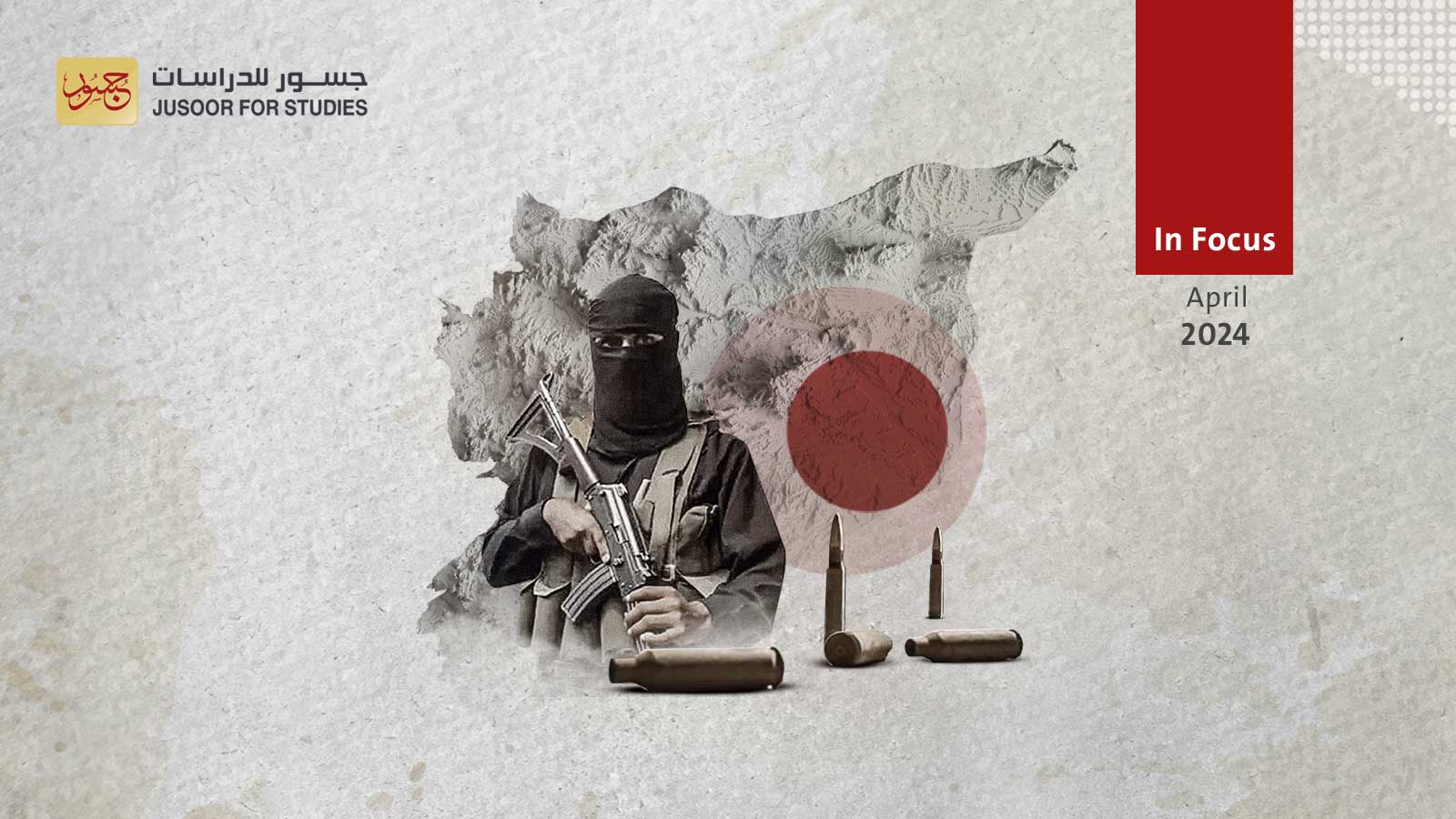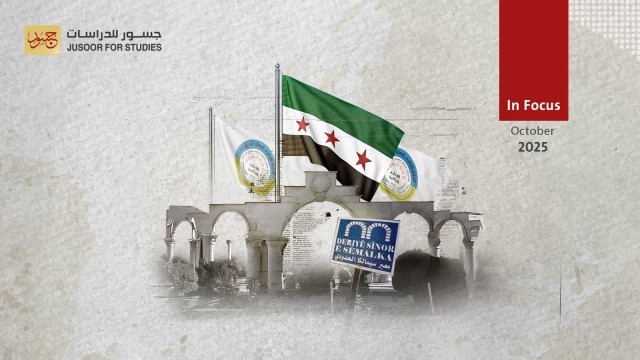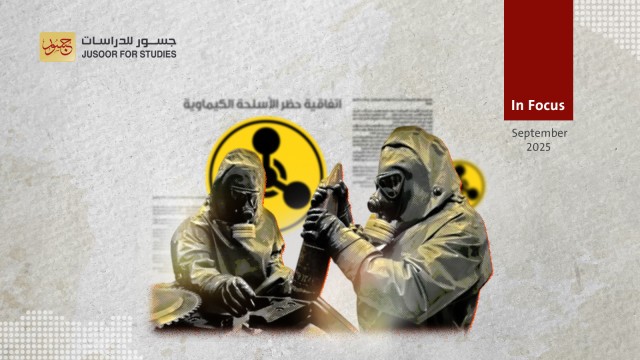IS Extends Attacks in the Syrian Desert: What Next?
On the evening of Friday, April 5, Islamic State group fighters attacked several positions of the Syrian regime’s 17th Division in the country’s barren east. Their targets included outposts near the desert town of Maadan Atiq, south of Raqqa, and the Shiha barracks at Al-Awsaj, in the Al-Tabani desert of western Deir ez-Zor. The attacks, near the main highway between Deir ez-Zor and Raqqa, killed of two members of the regime army and National Defense forces, and wounded three others .
The operation highlighted an escalation in IS activity since the start of the year. The group has hit the outskirts of various regime-controlled towns near the same key highway, including Al-Shamitiya in Deir ez-Zor and Maadan Atiq.
These attacks go beyond the organization’s previous range, which had been confined to southern Al-Hasakah, eastern and south-eastern Deir ez-Zor and the remote heart of Syria’s Badiya , the vast area of desert in the country’s east. The jihadists had also been active, from time to time, in the Rusafa and Maadan districts, south of Raqqa .
The latest escalation suggests that IS is preparing to expand the scope of its operations in the Badiya region, having closely studied of its terrain, access and exits, the type of targets the group would want to strike, their locaitons, and the logistics necessary to support its operations in the region. It follows that the jihadists may be planning to step up their war of attrition against the Syrian Democratic Forces (SDF), regime forces, and Iranian-backed militias.
In 2022 and 2023, IS had focused on gaining a foothold on minor roads through the Syrian desert. In August 2023 however, it stepped up its attacks against government forces and pro-regime militias in the open country between the Tabani desert in western Deir ez-Zor, the towns of Al-Kawm and Bir Rasum south of Raqqa, and the oil and gas-rich district of Sukhna.
The organization’s geographical movements, To achieve this, it has sought to empty the area of anyone who might gather intelligence on its movements. This would explains its attacks last month against shepherds and gatherers of valuable desert truffles west of Deir ez-Zor and south of Rusafa, as well as the group’s efforts to prevent livestock herders from accessing anywhere it hopes to carry out operations.
Forecasts of the jihadists’ strategy in the Syrian desert must take into account various factors, but it is clear that the organization has re-emerged as a serious strategic threat to regime-controlled areas in Raqqa, Deir ez-Zor, the Hama desert, and eastern Homs .
Indeed, the escalation of IS operations in the Syrian desert has coincided with an escalation between Iranian militias and American forces in light of Israel’s war on Gaza, as well growing tensions pitting Iranian militias and regime forces against the SDF.
It also comes as some groups of Wagner mercenaries and Russian forces withdraw from Sukhna area and the D h bayat and Safyan oil and gas fields. This enabled the organization both to gather more intelligence and create new sources of revenue, collecting fees in exchange for allowing regime loyalists’ oil convoys safe passage through the region.
IS is likely to seek to take control of economically vital infrastructure such as oil fields and power stations, as well as to demonstrate its economic and security alliances with certain local groups under its de facto control. It also appears to be reaching the point where it can pose a strategic threat to regime forces in the middle of the Badiya, which despite having the support of Iran and Russia have proven unable to effectively counter it.








